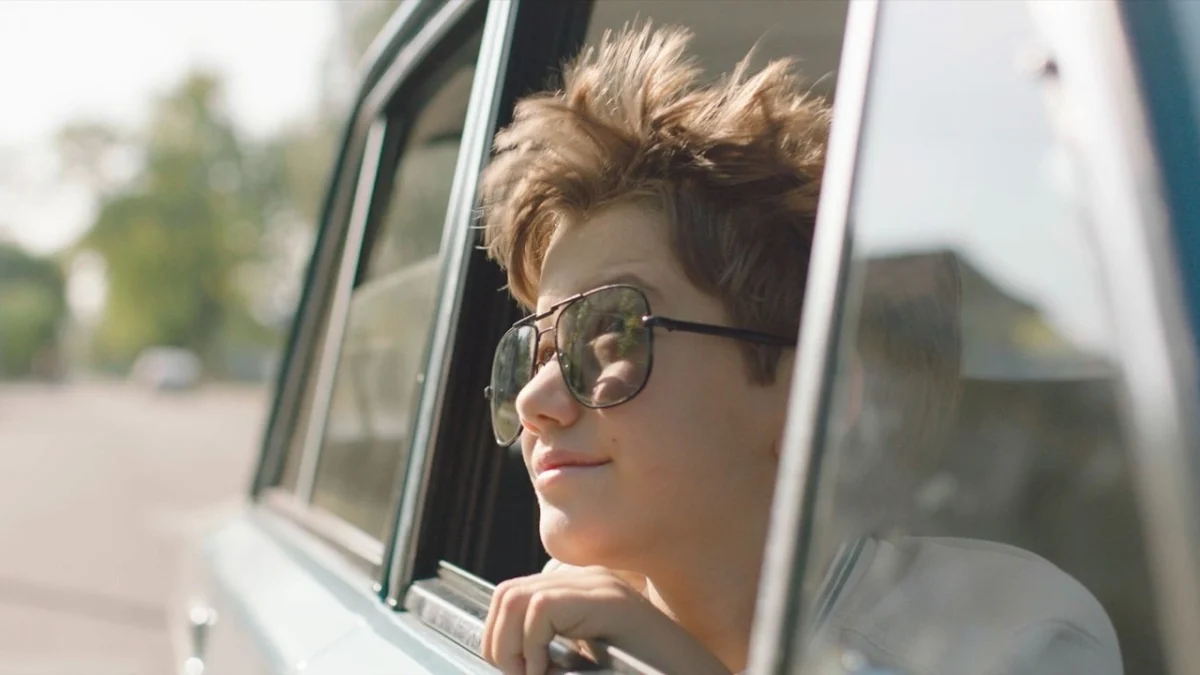(Video Courtesy Paramount Pictures)
Martin Scorsese’s “Shutter Island” is a movie that builds with such foreboding that it reminds its audience what good horror movies can be. During its nearly two and a half hours, there is never a moment where the tension is released. From the first frames, something feels wrong, and Scorsese never lets go.
A U.S. Marshal, Teddy Daniels (Leonardo DiCaprio), is sent with his partner Chuck (Mark Ruffalo) to investigate the mysterious disappearance of a patient at Ashecliffe hospital, located on the ominous Shutter Island. The asylum houses some of the most severe cases of the criminally insane, and the island itself is only reachable by ferry. The boatman who escorts Teddy and Chuck across the harbor seems determined to leave as quickly as possible.
They are met by Officer McPherson (John Caroll Lynch), who explains the layout of the institution; Ward A is for male prisoners, Ward B for female prisoners. Looming in the background is an old Civil War fort which houses ward C. This is where the most dangerous patients are kept, and it cannot be entered without the presence of McPherson and the chief psychiatrist, Dr. John Crawley (Ben Kingsley).
Immediately, the movie raises numerous questions. Why is Ward C so isolated? Why was Teddy Daniels assigned to this case? Is anyone at Ashecliffe telling the truth? Part of Scorsese’s mastery with “Shutter Island” is that he does not rush to answer these questions. Even when a question is answered, more present themselves, and the mystery of the island perpetuates itself.
The film also effectively creates a truly terrifying atmosphere. The asylum and its surrounding areas seem straight out of a gothic horror novel – fitting, as the same aura permeates Dennis Lehane’s novel of the same name, from which the film has been adapted. It’s easy to see how one could get lost within Ashecliffe’s walls, or how one could go mad just from being there. Cinematographer Robert Richardson creates an ambiance which is sweeping yet deliberate, showing the audience only what it needs to see. Robbie Robertson’s pounding score is reminiscent of Bernard Herrmann, and is right at home in this setting.
There are several performances that add to the suspense of the piece. DiCaprio, in the lead role, plays Teddy as a man who is never quite at ease, and this is apparent. No answers seem to be enough for him, and it becomes clear that he has brought a great deal of his own emotional baggage to the island. Ben Kingsley’s Dr. Crawley is effectively creepy. He seems like he cares for his patients, but his eerie smile suggests some other motive. Likewise, as DiCaprio’s unseasoned partner, Ruffalo comes off as uncomfortable and squirrely, as if he is hiding something.
Yet the true star of the piece is Scorsese’s direction. He shows his audience the grotesque in an unapologetic manner. Every frame holds some possible clue to the mystery, but nothing is truly solved until the end, and, even then, the audience is left wondering. His only misstep is his use of dream sequences, frequently involving Daniels’ deceased wife Dolores (Michelle Williams). The scenes can be a bit clumsy at times; Scorsese does not have mastery over dreams in the way that, say, David Lynch does. They can be quite effective at times, but at others they seem to reveal too much.
Still, those are the few and forgivable flaws of the piece, and Scorsese’s mastery of the genre remains rather consistent. These days, most horror movies provide a little tension, followed by a quick visceral scare, and then a release. Scorsese, however, builds the suspense slowly and meticulously through the whole movie.
As an audience, it is truly difficult to predict what will come next, and that is genuinely frightening. In this sense, it is easy to see quite a bit of Hitchcock in “Shutter Island.” The film knows how to hold on to the tension, refusing to release the audience from its grasp, to the point where it can be (in the best way) unbearable. The film also knows how to betray the audience’s trust.
“Shutter Island” is a true horror film, faithful to the roots of the genre. It builds its suspense in the mind, and the fear lasts longer than a brief moment. Scorsese keeps his audience guessing, and this makes the film creepily effective.
Nick Ortolani can be reached at [email protected].






